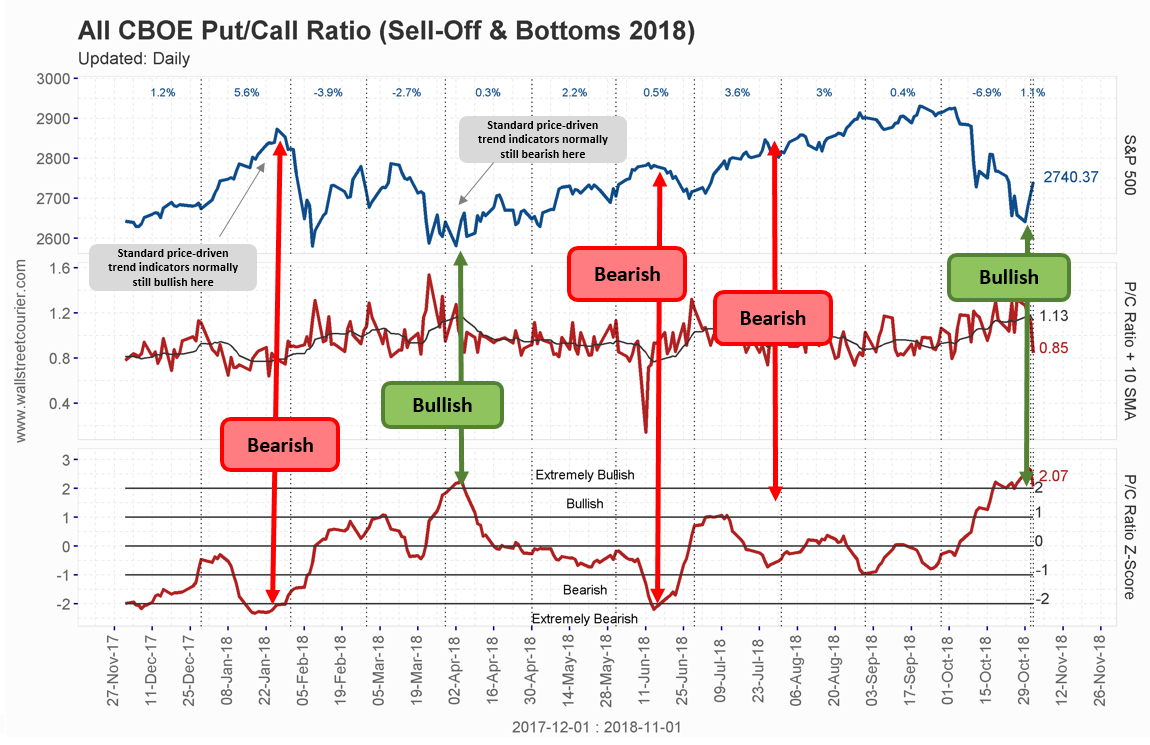
Volatility - Market timing is an excellent way to make money during periods of high volatility. For example, if you have a good understanding of patterns like triangles, it is a relatively easy-to-use strategy. #MARKET TIMING HOW TO#
Easy to use - For traders who know how to time the market well, it is an easy-to-use strategy. In fact, at DTTW, we have seen many traders achieve excellent returns over the years. It works - When used well, timing the market works. There are several advantages (but also some cons) of market timing for traders and investors. You can also use candlestick patterns like hammer, bullish and bearish engulfing, and doji patterns in price action. The best approach of doing this is to use chart patterns like the head and shoulders, bullish flag and pennant, rising and falling wedge, and cup and handle patterns to predict the future price of an asset. Price action, on the other hand, is the process of looking at the overall price of an asset and predicting how it will move. Indeed, at DTTW, we are highly supportive of indicators like the Volume-Weighted Average Price (VWAP) and MACD indicators. When used well, it is possible to identify quality entry and exit strategies when using technical indicators. Technical analysis refers to the process of using indicators like moving average and the Relative Strength Index (RSI) to identify market opportunities. We have already covered some of these strategies before. The next strategies of timing the market is known as technical analysis and fundamental analysis. Technical analysis and price action analysis The risk is that the stock can jump sharply and then erase the gains within minutes. This type was so popular during the Wall Street Bets volatility. For example, a trader can buy shares of a company that have risen by 10% or 15% in a session. The opposite of buying the dip is buying when the price of an asset pops. In the past, investors sold shares of Netflix when Apple launched Apple TV+ and Spotify when the company launched Apple Music. However, in reality, the decline was unwarranted since AfterPay has a strong brand in Australia and the US. 
Traders sold their AfterPay shares because of the dominance of Apple. To buy the dip well, we recommend that you first study the reasons why it happened.įor example, in 2021, the Afterpay stock price dropped by more than 10% when Apple announced that it was working with Goldman Sachs to launch a buy now pay later financial product. While buying the dip often works, it is a risky approach to day trading. As shown below, many traders who bought the initial dip lost a lot of money when the losses accelerated. Most novice traders rush to buy an asset’s price when its price crashes since they want to take advantage of it when it rises.Ī good example of this is what happened in 2021 as the price of Bitcoin crashed. Buying a dip is the process of rushing to buy a stock or other asset when its price drops.

Buying the dipĪ good and most controversial market timing method is known as buying the dip. In fact, many market timers use different strategies to time entry and exit points. There are many approaches to timing the market. By so doing, he does not sell the stock when it drops substantially because he has a long-term view.

For example, he has held shares of companies like Coca-Cola for more than three decades. Warren Buffett is a good example of an investor who doesn’t time the market.Īfter doing intensive research, the Oracle of Omaha holds his investments for years. Timing the market differs from the other method of allocating money and holding it for its price to rise. They also look at opportunities to short the asset high and wait for the price to drop.

This process is mostly used by day traders and active money managers, who want to buy an asset low and exit high. Timing the market refers to the process of using fundamental, technical, and price action strategies to identify potential entry and exit points. Technical analysis and price action analysis.








 0 kommentar(er)
0 kommentar(er)
